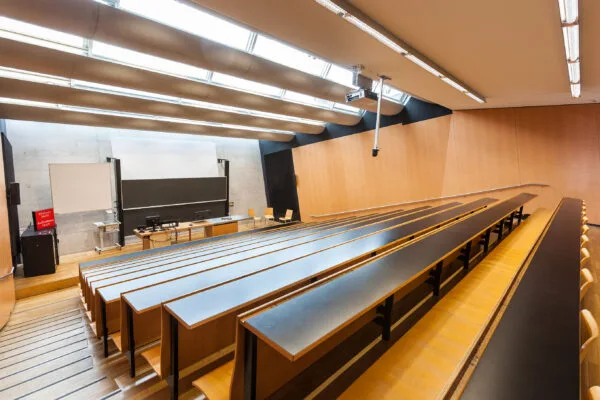
NAME:
SOWI - HS 3
BUILDING:
SOWI
FLOOR:
0
TYPE:
Lecture Hall
CAPACITY:
140
ACCESS:
Only Participants
EQUIPMENT:
Beamer, PC, WLAN (Eduroam), Overhead, Blackboard, Sound System, Microphones, Handicapped Accessible
The frequency of high-elevation rockfalls in the Alps has increased significantly over the past two decades, regularly making headlines in the media. Numerous studies have shown that this increase is largely attributed to the ongoing climate crisis and associated permafrost degradation. However, the temporal and spatial variability of erosion rates in these environments remains insufficiently constrained. We aim to understand the dynamics of erosion and rockfalls in the Mont-Blanc massif (French Alps) by quantifying erosion rates and identifying links between the climate crisis and the frequency of these processes. We propose an original approach combining two complementary methods: analysis of cosmogenic nuclides (10Be) concentration in supraglacial clasts for long-term estimates (centuries) and terrestrial laser scanning (TLS) for short-term erosion rates (years). By integrating these complementary datasets, we assess both sustained and recent changes in high-alpine erosion dynamics.
Our results reveal significant differences in erosion dynamics between the massif’s NW side, including the Mer de Glace catchment area, and SE side, which includes the Brouillard and Frêney glacier catchment areas. Long-term erosion rates reach 1.3 ± 0.7 mm per year on the former (elevations below 3950 m a.s.l.) and 0.2 ± 0.1 mm per year on the latter (southeast-facing slopes and elevations above 3,950 m a.s.l.). Regarding the TLS data, we documented over 750 rockfalls (1–15,500 m³, 2005–2022). The TLS indicates a notable acceleration in erosion rates, especially in the past decade. On the NW side, rates increased from 4.0 mm per year (2005 2011) to 26.7 mm per year (2011 2018), stabilizing at 23.4 mm per year (2018 2022). On the SE side, while erosion rates were initially lower, they have risen significantly, from 0.7 mm per year (2005 2011) to 15.9 mm per year (2018 2022), indicating a growing sensitivity to recent thermal fluctuations.
These findings underscore the intensification of high-altitude erosion in response to the climate crisis, particularly through glacier retreat and permafrost degradation. The observed acceleration in rockfalls has significant implications for hazard assessment and risk management in high-alpine environments and the long-term stability of high-mountain environments.

Notifications